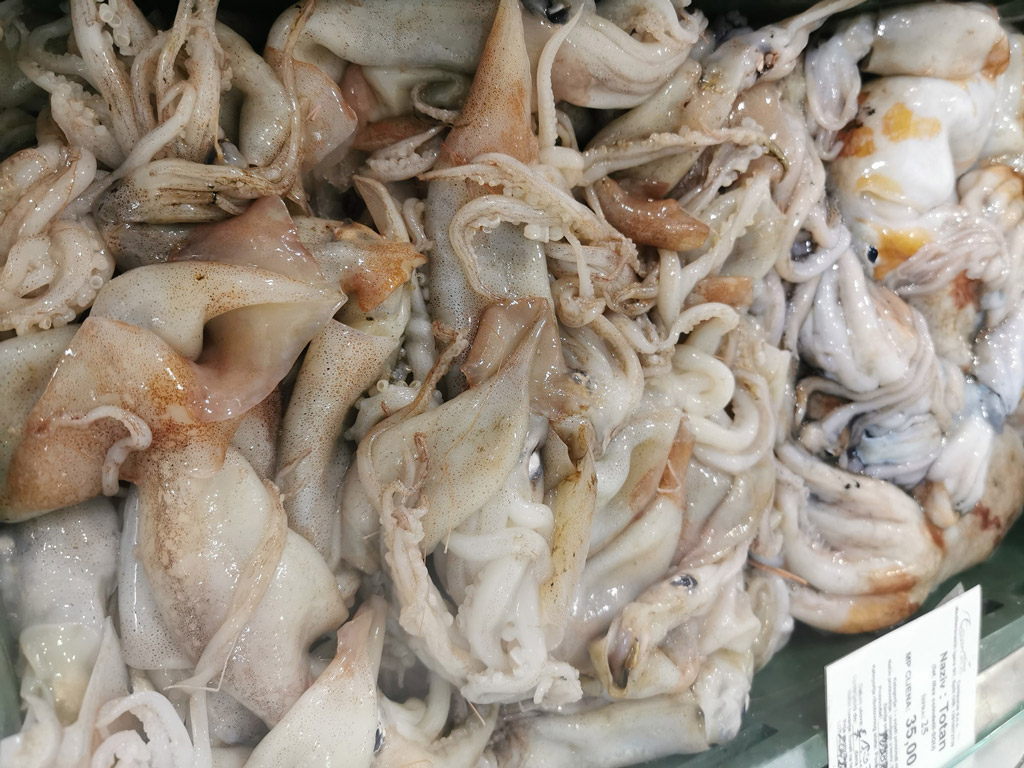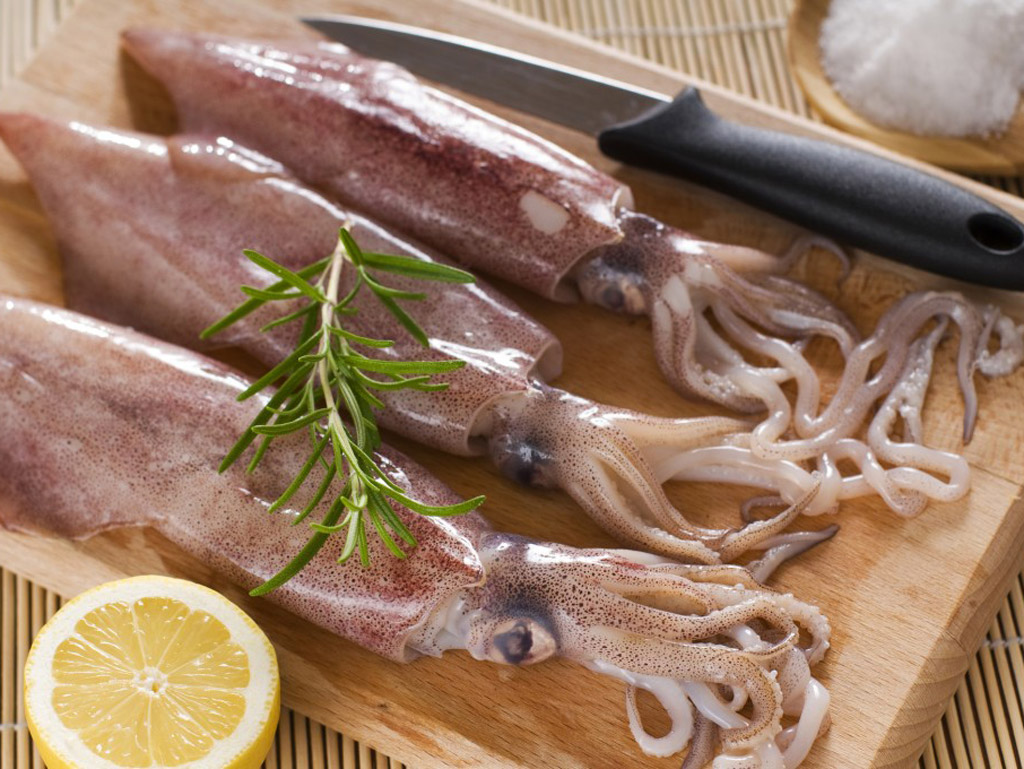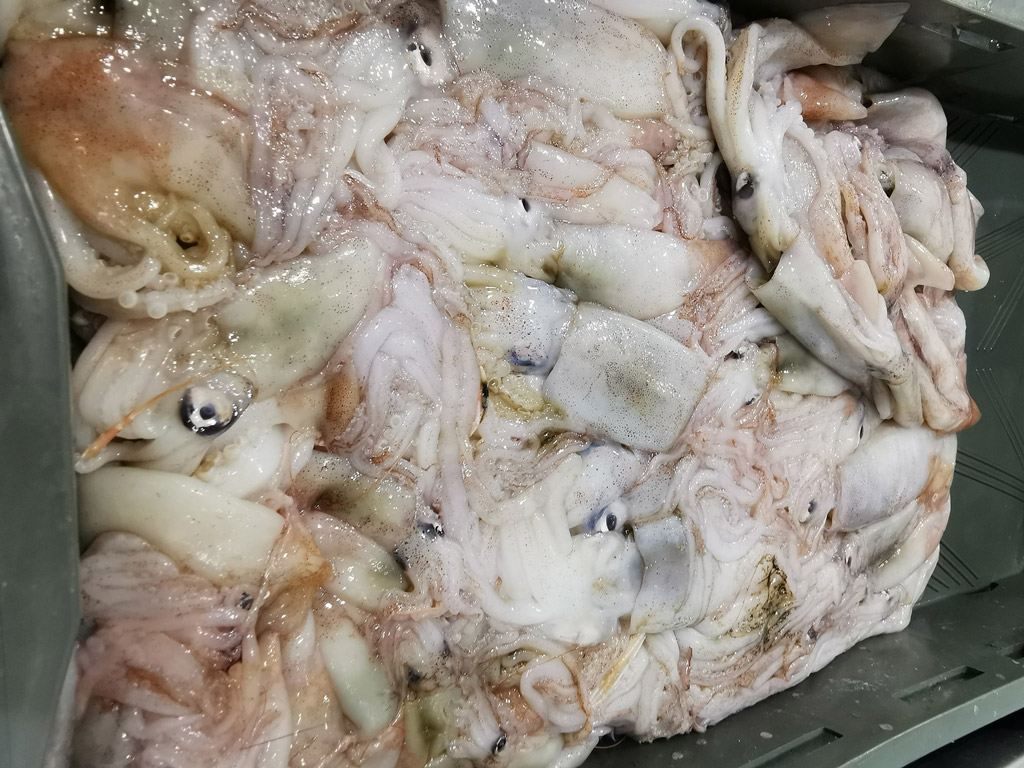
Illex
lat. Todarodes sagittatus
Illex
Illex, know also as shortfin squid, is a cepalophod from the Adriatic that resembles squid in its appearance. However, the two are not the same. Unlike squid, illex is dark pink, smaller and thus has less muscle that’s more tough to eat. Considering it’s more affordable and largely represented in the Adriatic it can always be found on the local markets.
Illex lives in the Adriatic and larger individuals are mostly found in greater depths. The largest ones are to be found over 500 m deep. It stays closer to the bottom what makes it easier to catch with trawl nets. It will less likely be caught during sport fishing – those specimens will most likely approach the surface at night an it will be small. Large ones are caught by baiting the hook in other parts of the Mediterranean whereas such practice is not carried in our country. Spawning takes place in the colder part of the year. The eggs do not remain on the bottom like the ones from the squid, but can be seen floation across the surface like a gelatinous mass carried by currents.
Energy and nutritional value
Illex is favored by it’s exceptional nutritional profile. One cleaned illex (approximately 225 g) has about 200 kilocalories of what 40.28g are proteins and 3.15g is fat. Precisely this ratio makes illex ideal food for all those eager to loose weight and athlethes. It’s rich in vitamin B12 (5.18 mcg). This amount meets over 100% of daily needs for this vitamin. B12 or cobalamin is crucial for the production of red blood cells and DNA and proper functioning of nerve system. The mineral content of illex is very interesting. Namely, one cleaned illex contains 103.5 mg of magnesium, 630 mg of phosphorus, and 63 mcg of selenium.
Phosphorus ranks second at the importance of the bone health right after calcium. It participates in many biochemical processes such as energy production and pH regulation.






